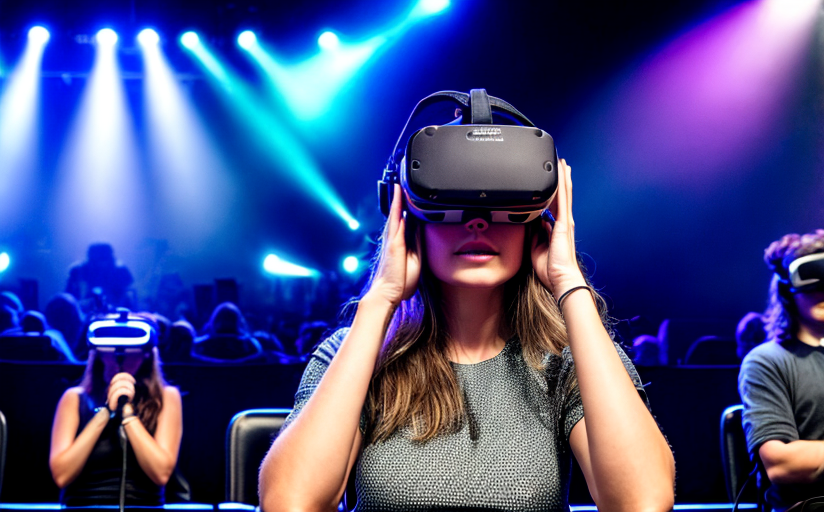Virtual Reality: Transforming the Live Music Experience
The advent of virtual technology has spearheaded a paradigm shift in various sectors over the recent years, and the music industry has not been left untouched. Specifically, Virtual Reality (VR) is playing a pivotal role in revolutionizing live music experiences, giving artists a new and innovative platform to connect with their audiences. The increase in virtual concerts brings unparalleled experiences to music lovers worldwide, without the limitations of geographic locations and physical presence. This article explores the influence of VR on live music experiences, its potential benefits and drawbacks, including future predictions.
The Impact of VR on the Live Music Experience
VR technology has redefined the traditional boundaries of music experience with immersive and interactive virtual concerts. With VR headsets and right kind of software, users can enjoy a live concert from the comfort of their homes. They can not only watch performances sitting in a virtual audience but can also interact with others and the performers. This technology is bringing about a seismic shift in how we experience music.
Benefits and Drawbacks
Benefits
The primary advantage of virtual concerts is their accessibility. Music lovers from all corners of the globe can experience their favourite artists' performances without worrying about travel or tickets, bringing a global audience closer. For artists, it provides a novel platform to experiment with their presentations and reach an international fan base effortlessly.
Drawbacks
Despite the conveniences, some view VR as a facsimile experience that doesn't match up to the electrifying ambiance of a physical concert. Also, VR equipment can be pricey, which could be a restricting factor for some potential users. Internet connectivity is another crucial factor for a smooth experience, thus limiting the regions where virtual concerts can be enjoyed.
Case Studies: Successful Implementation of VR in Live Music Events
In recent years, several high-profile artists and companies have effectively implemented VR technology to enhance their live performances. A few notable examples include:
- Coldplay: In 2014, the band partnered with NextVR to broadcast their concert in VR format for the first time, offering a 360-degree view of the performance.
- Lady Gaga: Her performance during the 2016 Grammy Awards incorporated Intel's VR technology, thus introducing audiences to a new dimension of an on-stage performance.
- Tomorrowland: The world-renowned music festival also ventured into a VR festival in 2020 due to COVID-19 restrictions providing a multi-channel virtual experience.
Future of VR in Live Music
The increasing integration of VR into the music industry only hints at a future where virtual concerts become the norm. As technology continues to mature, and more users adopt VR equipment, we can expect to see more interactive features. These include personal avatars, direct artist-audience interaction, and interactive stage sets. However, the challenge will be to strike a balance between maintaining the authentic music experience while incorporating technological enhancements.
In conclusion, VR technology has the potential to globally connect artists and their fans in an unprecedented manner. Despite potential hurdles, the future of VR in the music industry is certainly promising and elevates the art of music to unrivalled dimensions.
















Comments
Leave a Comment